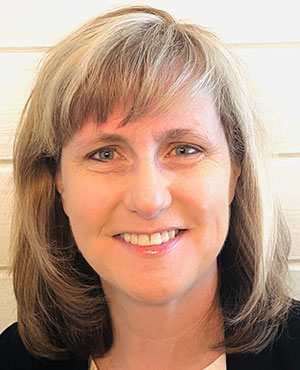Wound Care: Follow the LCD

By Jodi RohlwingHettich
Updated 2:06 PM CDT, Tue June 7, 2022
 Q. What are the basics of wound care billing?
Q. What are the basics of wound care billing?
A. The 2021 CERT (Comprehensive Error Rate Testing) documented surgical dressings have an 81% denial rate due to insufficient documentation. Following the LCD requirements can increase your chance of getting through a surgical dressing audit.
Some of the most common errors that can be avoided include:
Documentation on the type of debridement
Wounds that qualify for a surgical dressing must have documentation of debridement, including surgical (sharp instrument or laser), mechanical (irrigation or wet to dry dressing), chemical (topical application of enzymes) or autolytic (application of an occlusive dressing to an open wound). Documentation in the medical record should show the date of the debridement. Dressings used to cover the mechanical debridement agent are covered; however, the agent itself is a non-covered item.
Documentation on primary or secondary dressings
Medical records should document which dressing is the primary or the dressing which is applied directly to the wound or lesion on the skin. The secondary dressing serves as a therapeutic or protective function to secure the primary dressing. Some dressings can be considered both a primary and secondary dressing – an example of this is foam dressings or transparent films.
Location and number of wounds
Each wound needs separate documentation, including the location, debridement, type of wound (surgical wound, pressure ulcer, burn, etc.), wound size (length x width), amount of drainage and any other relevant wound status information.
Frequency of dressing change and quantity of dressings
Each type of dressing has a specific number of dressings allowed, an example is an alginate dressing (A6196-A6199) which are approved for moderate to heavy exudate, full thickness wounds and once-daily dressing change.
This is not a comprehensive list of all documentation errors. Reading the LCD will provide a complete list of the requirements and instructions for surgical dressing billing. There are many resources available to assist you with wound care billing and avoiding the most common errors.
Jodi RohlwingHettich is vice president, business development at DermaRite Industries, LLC. Reach her at [email protected] or 847-651-3585.
Comments